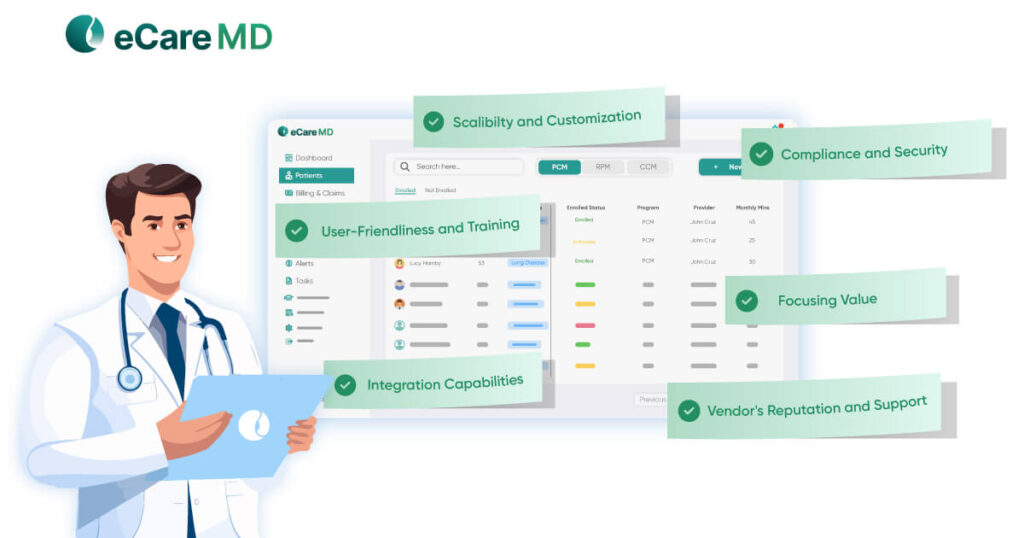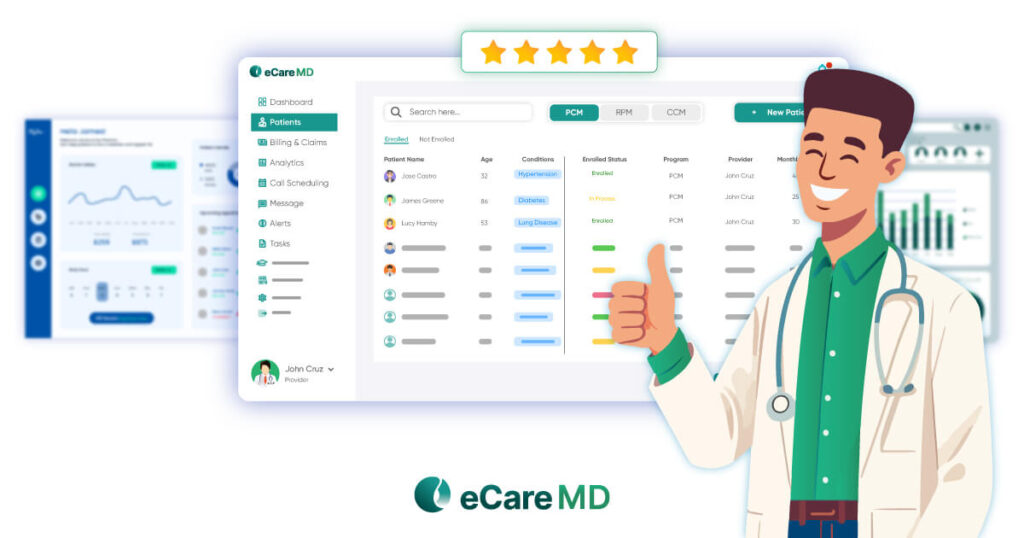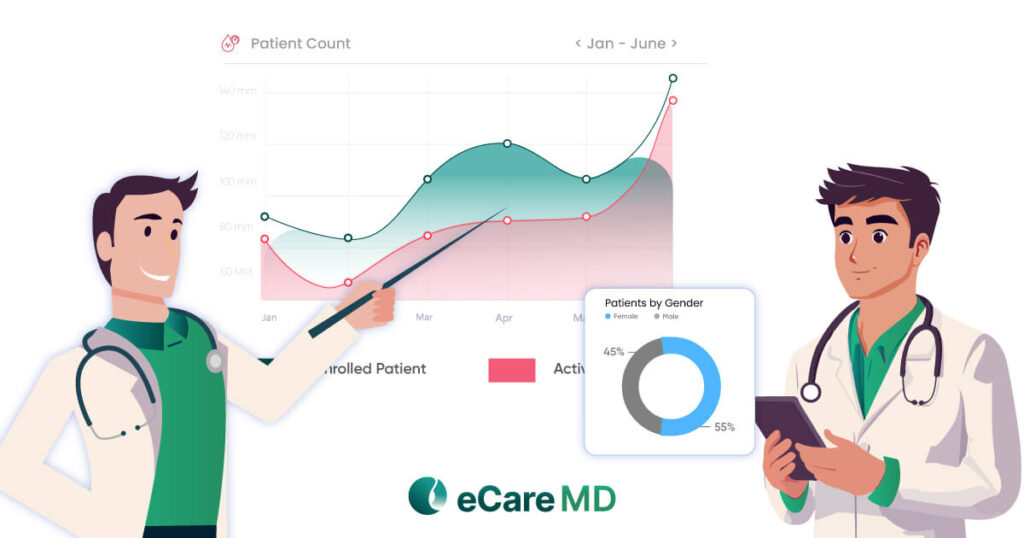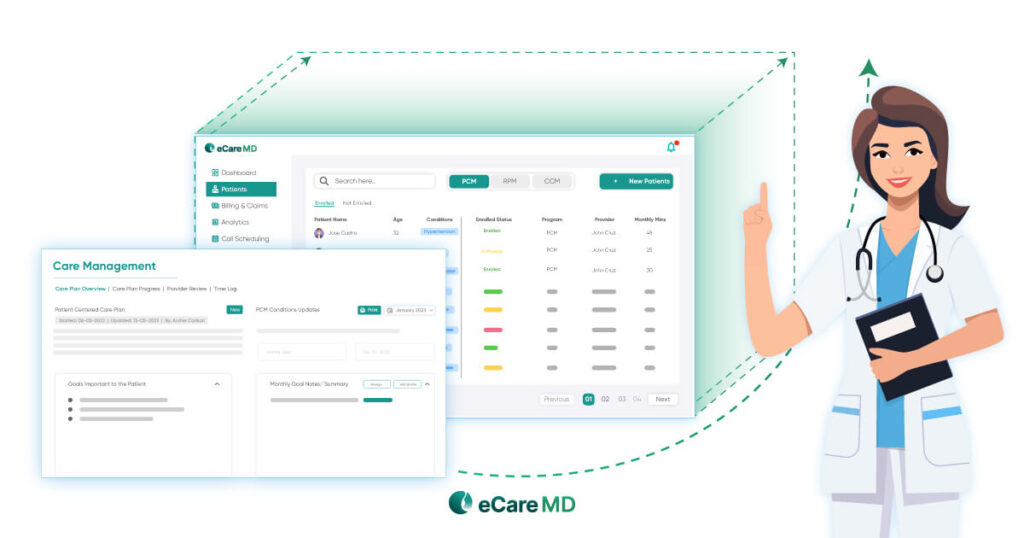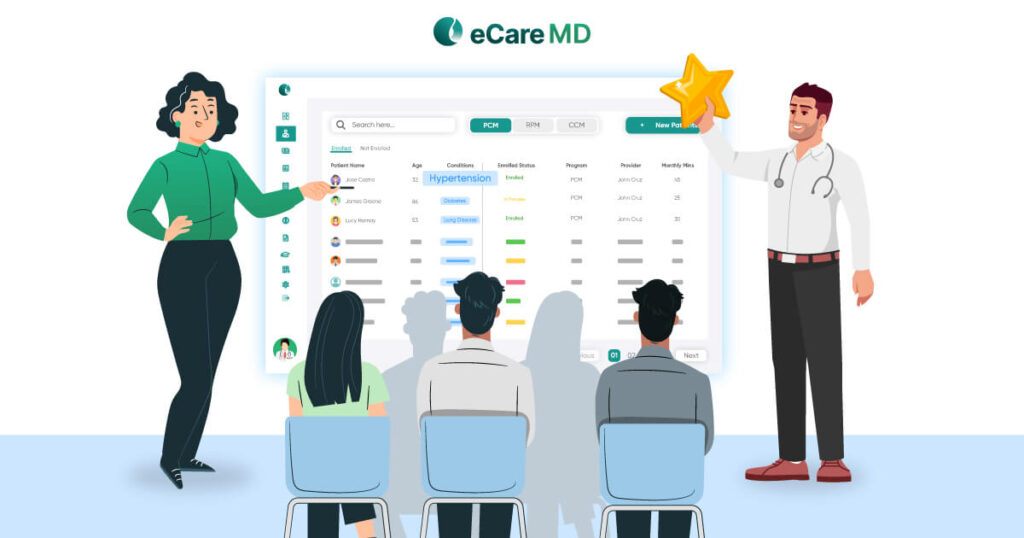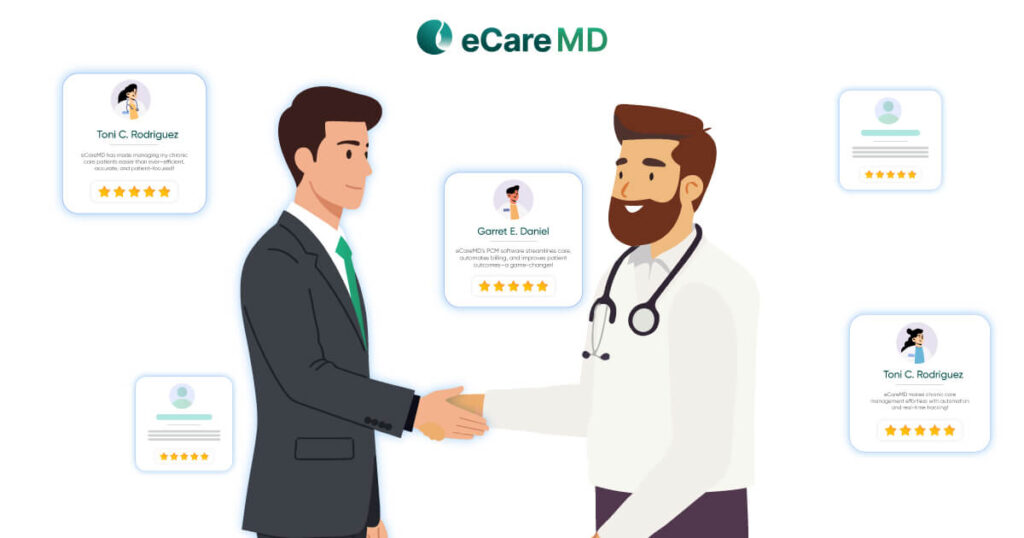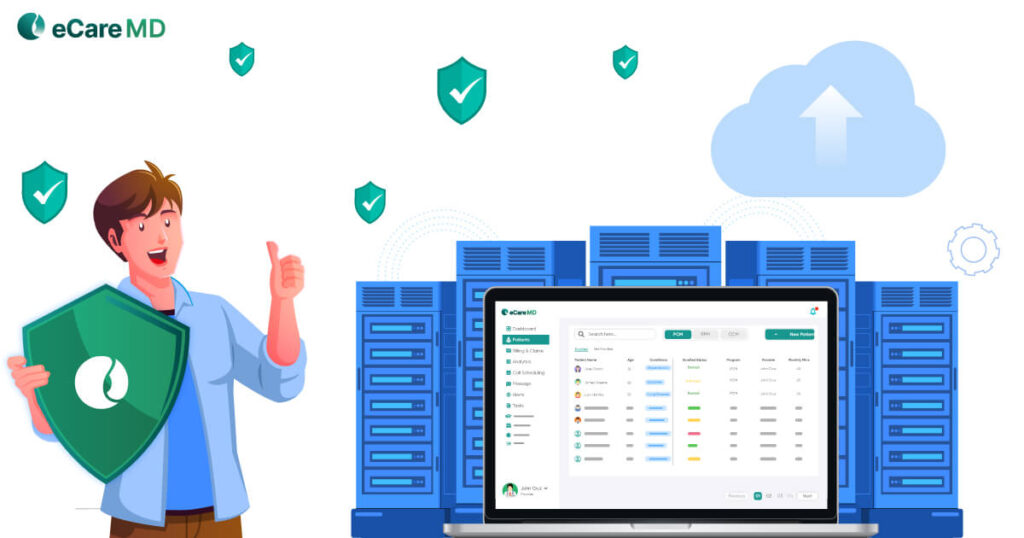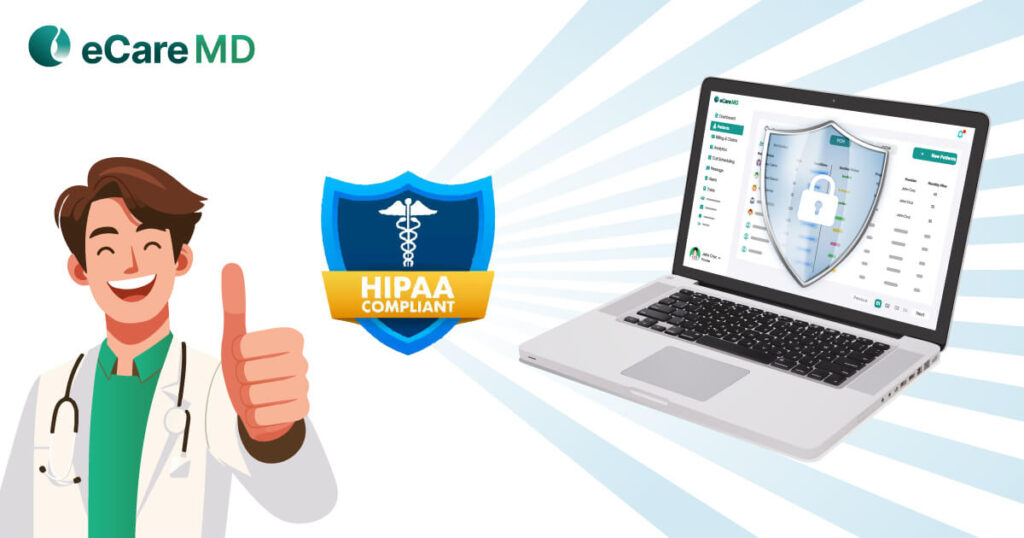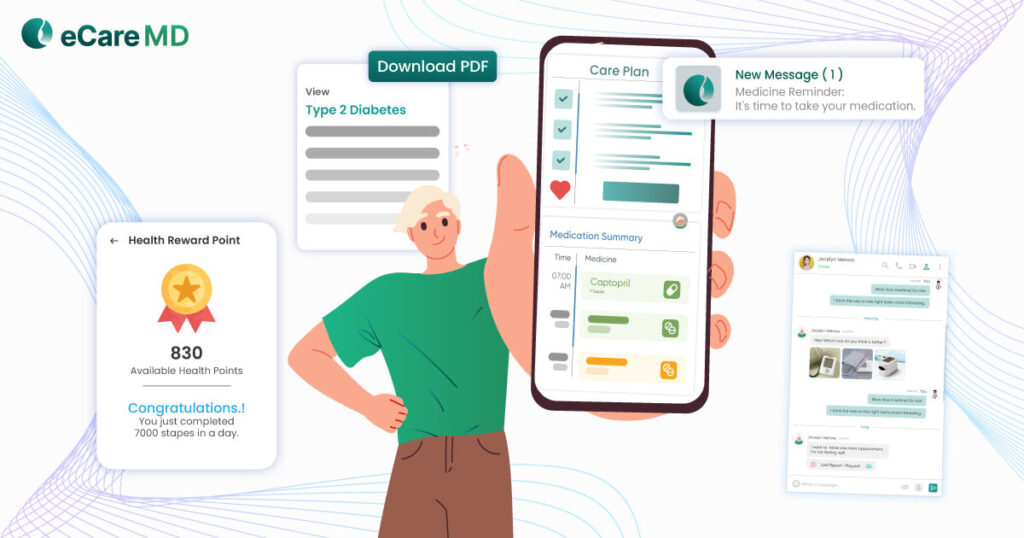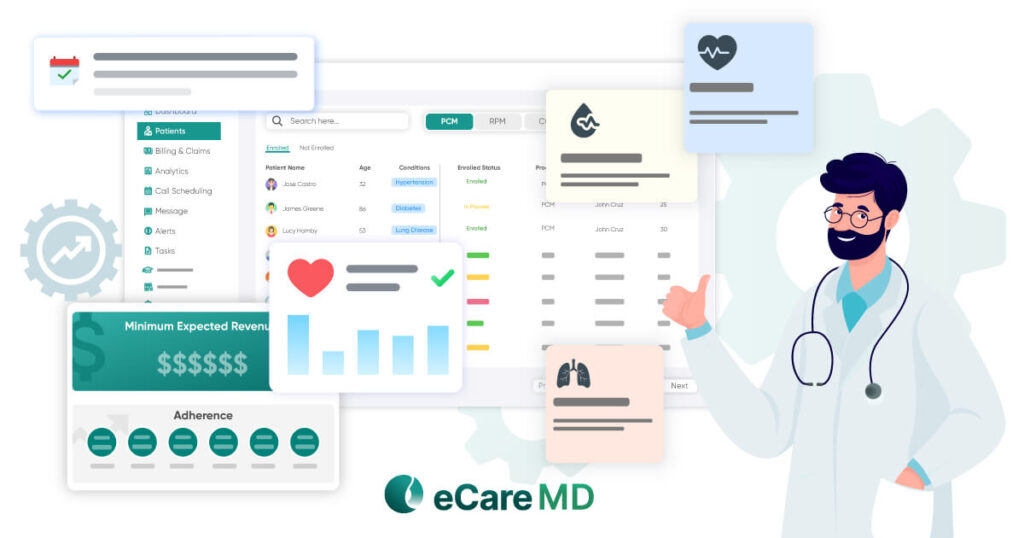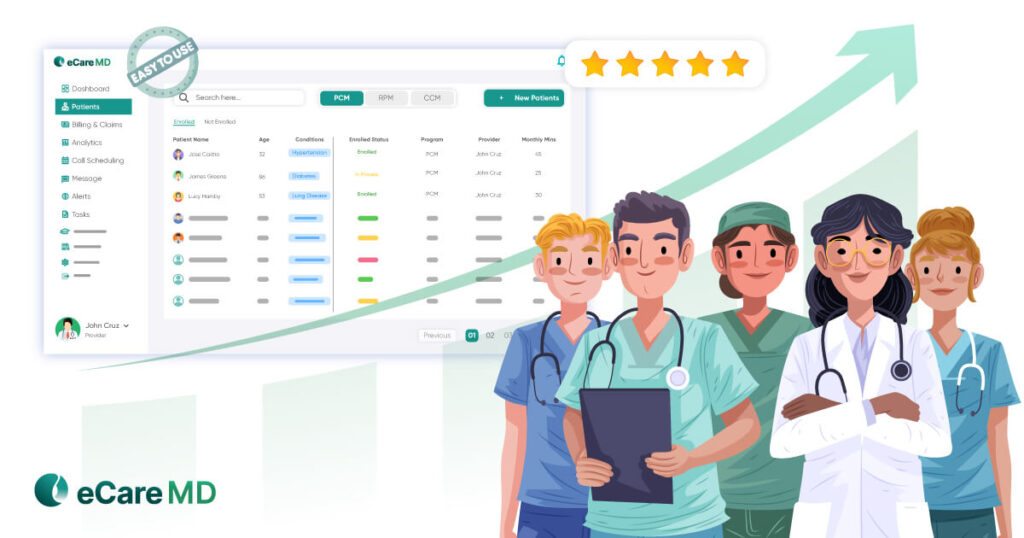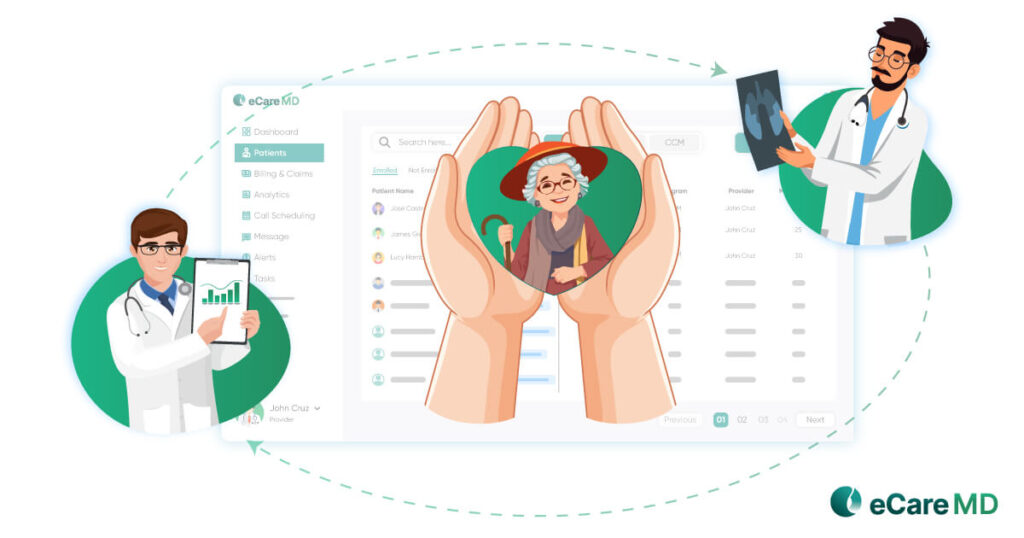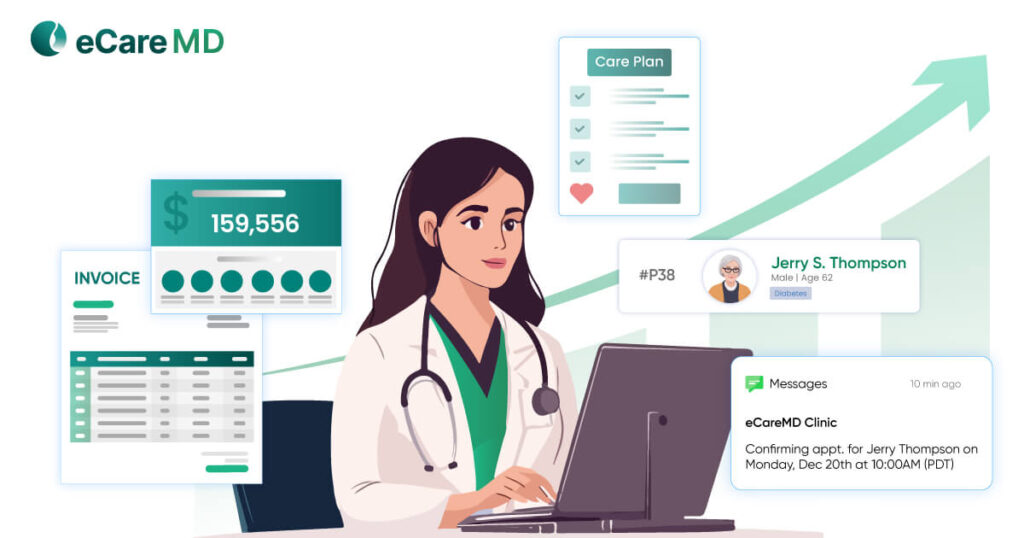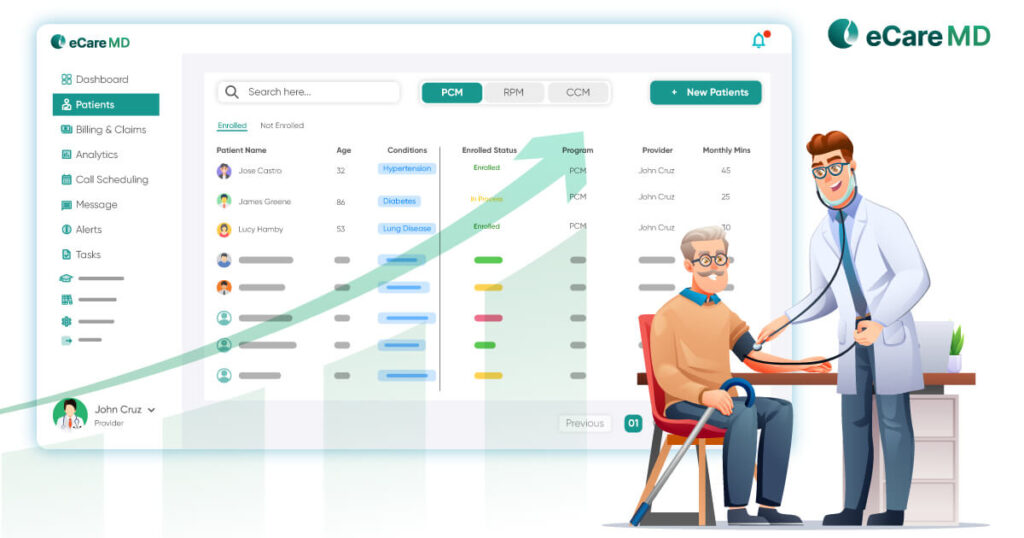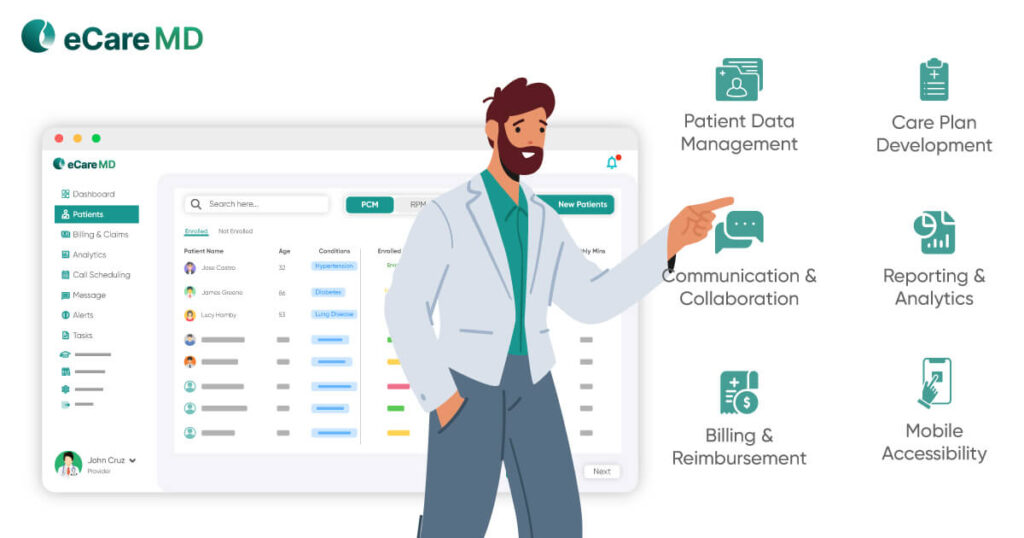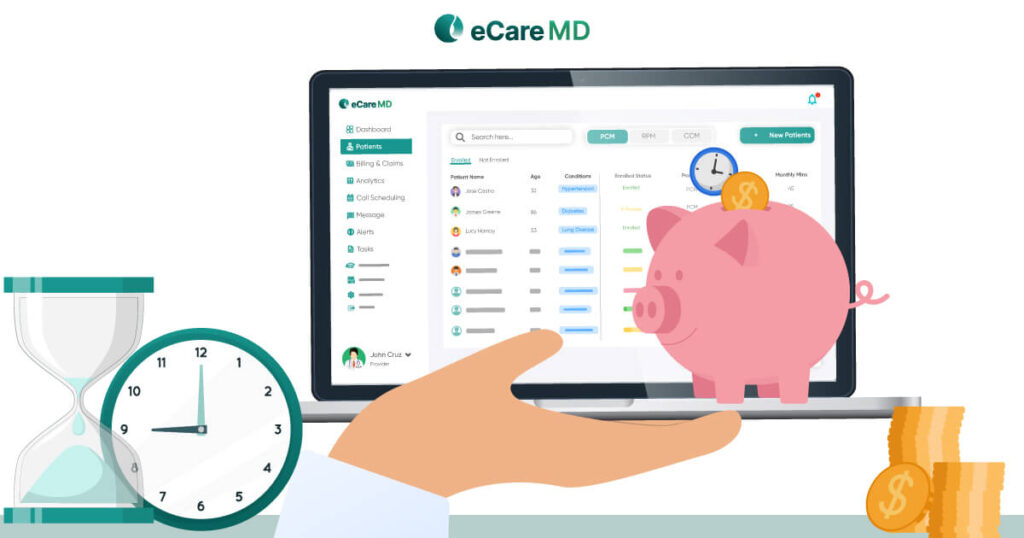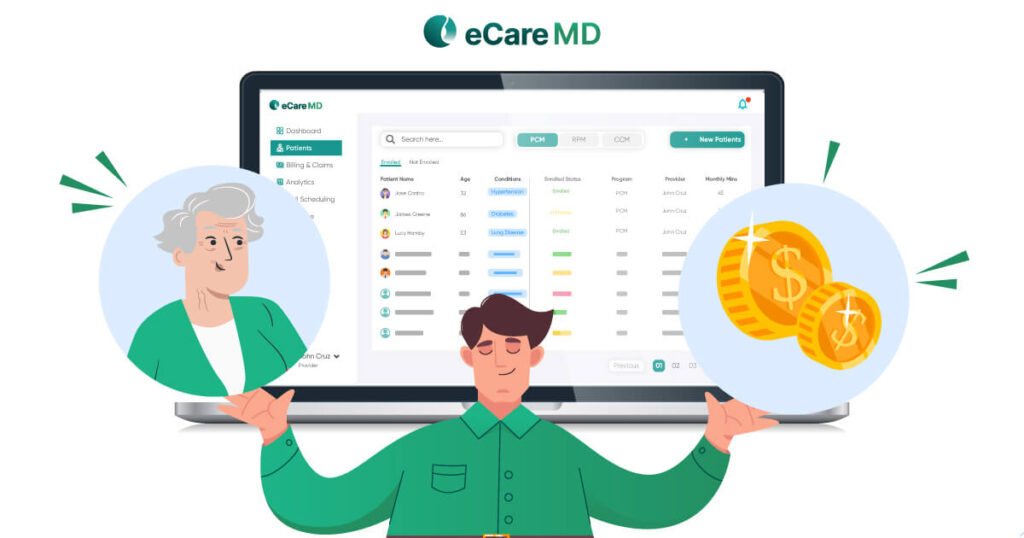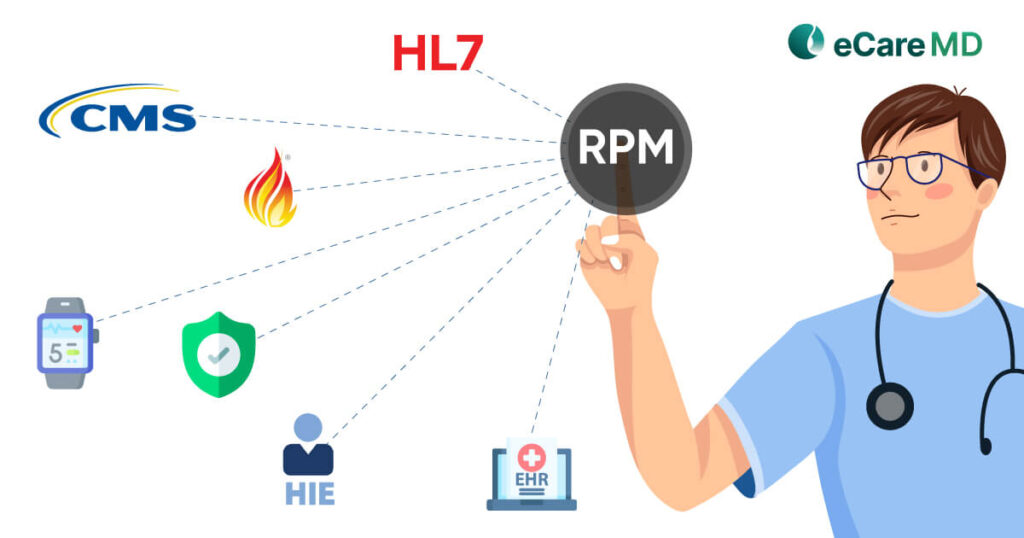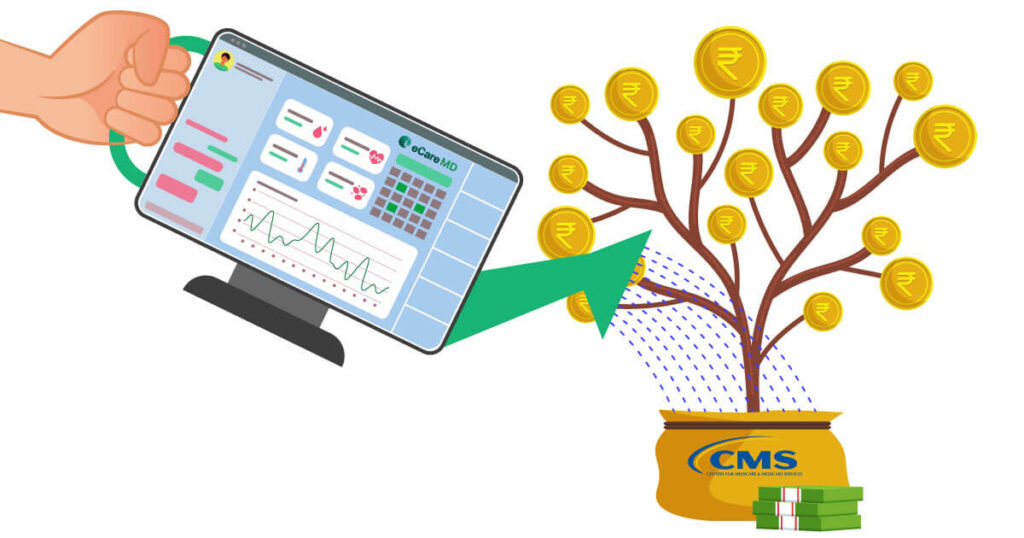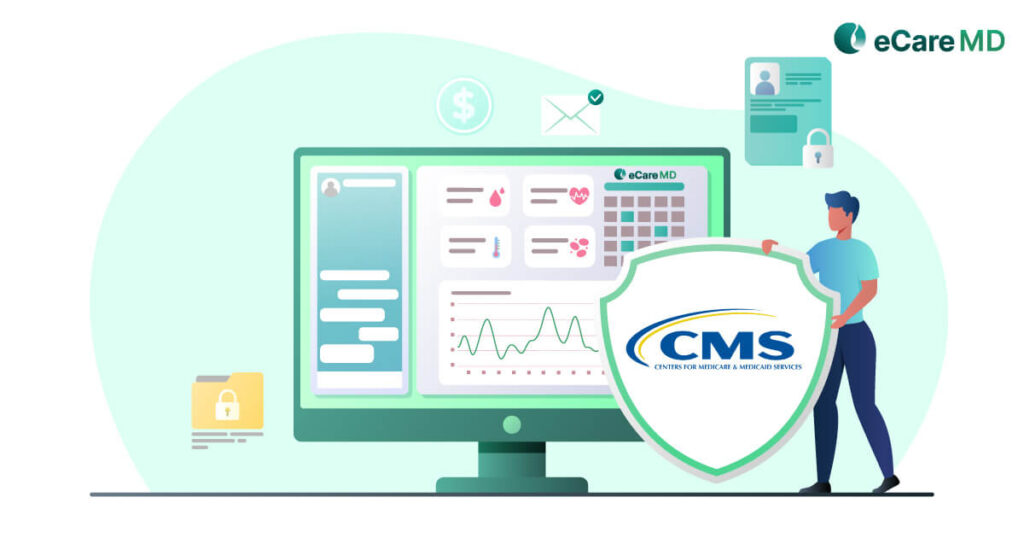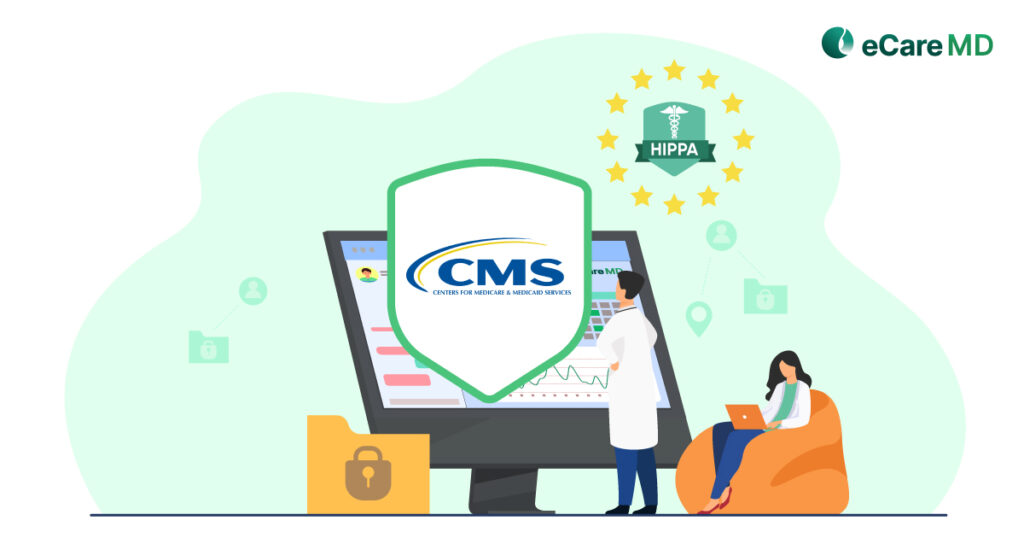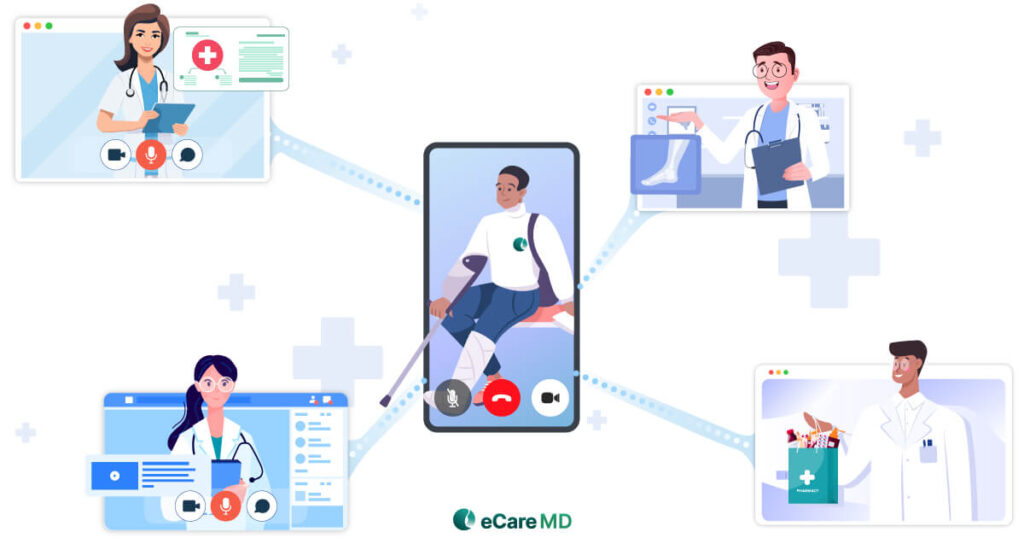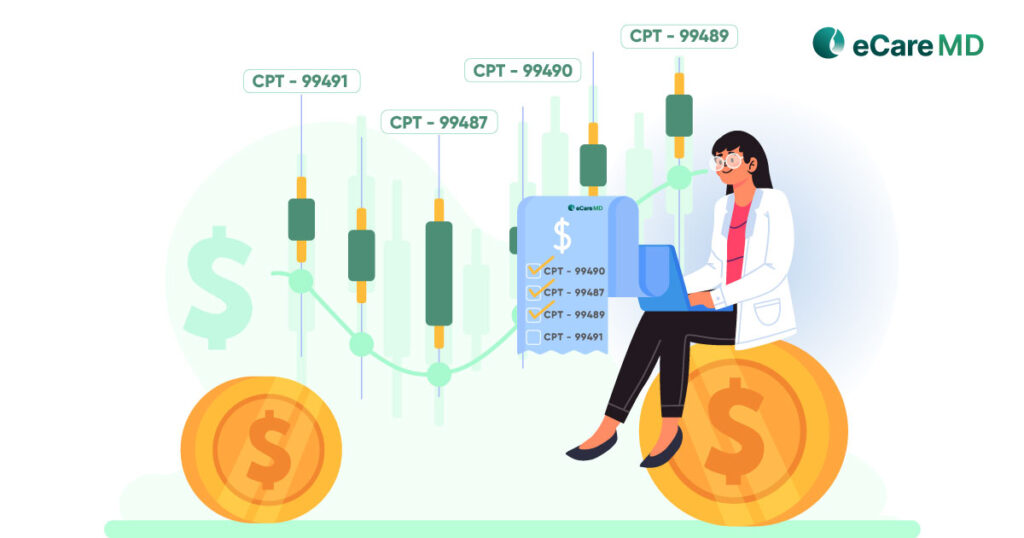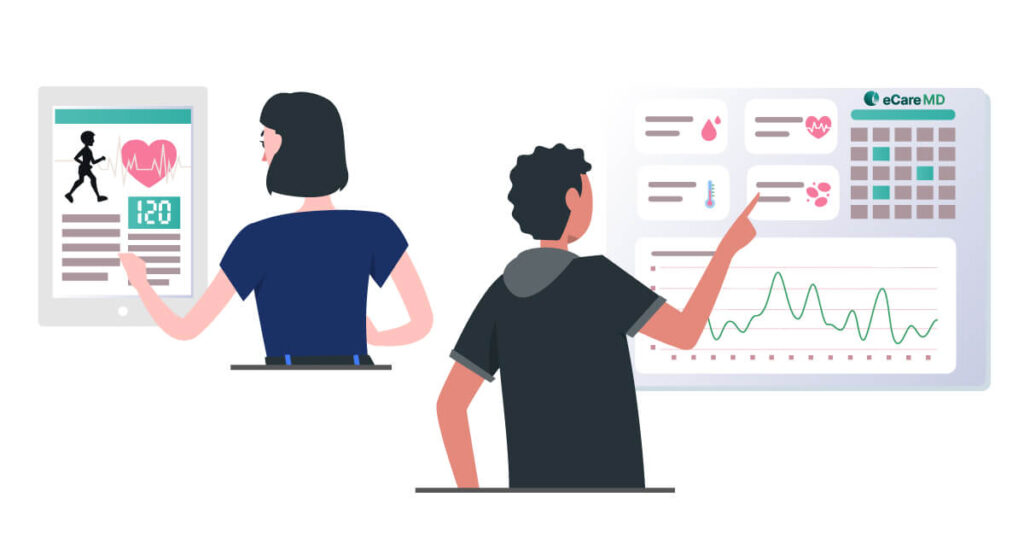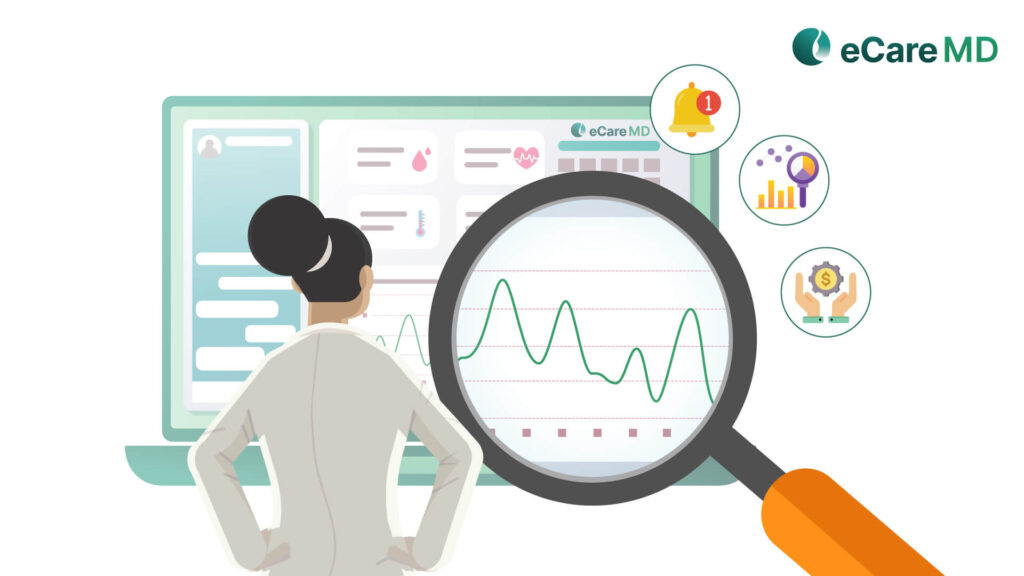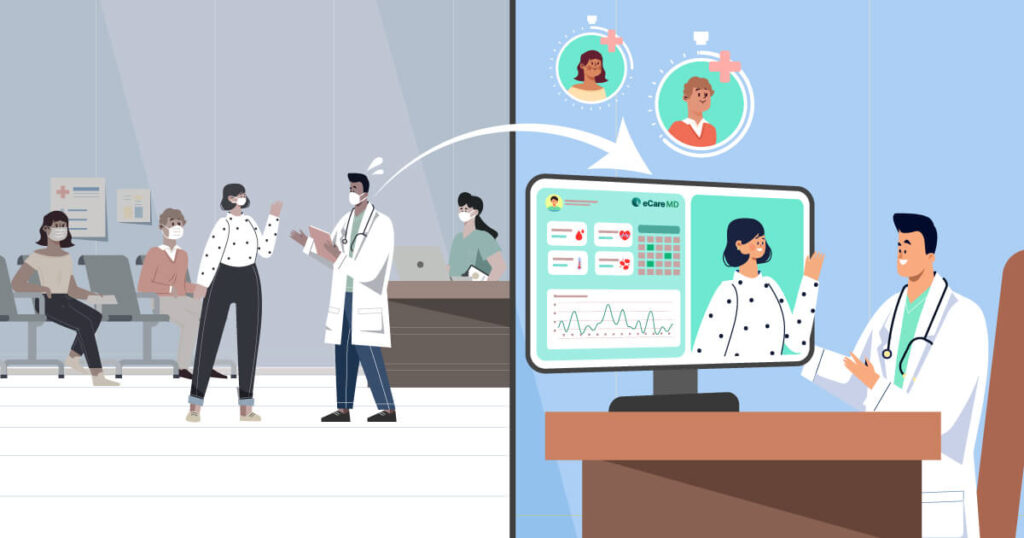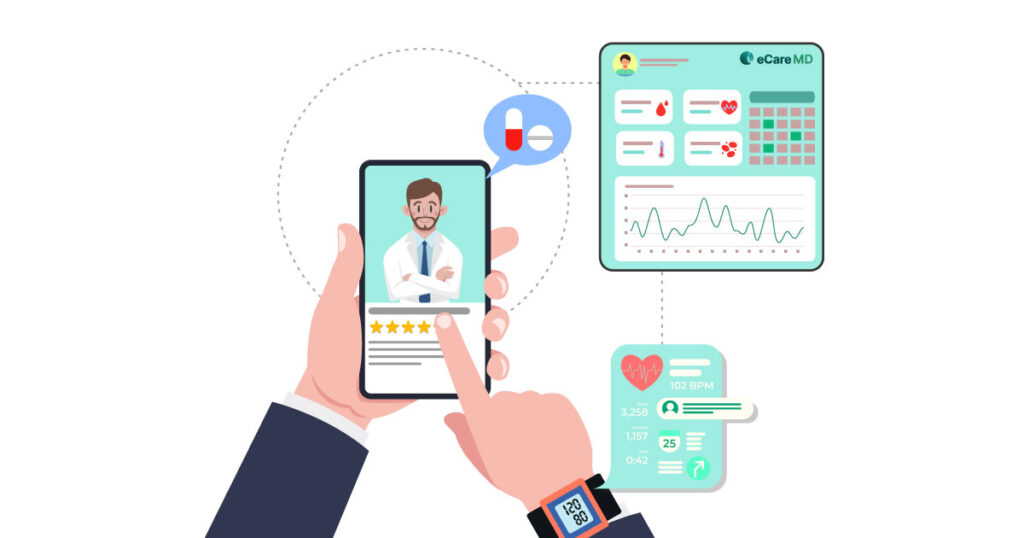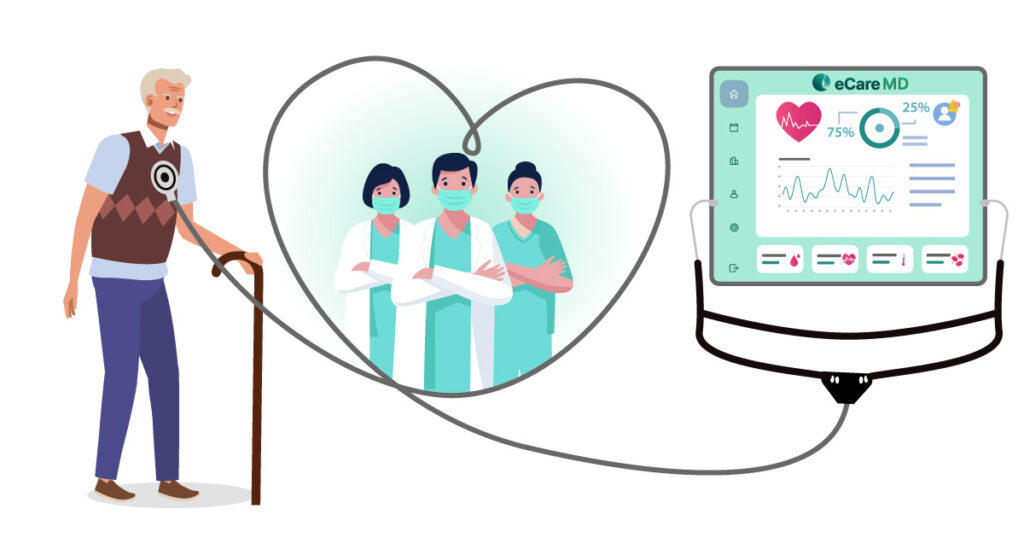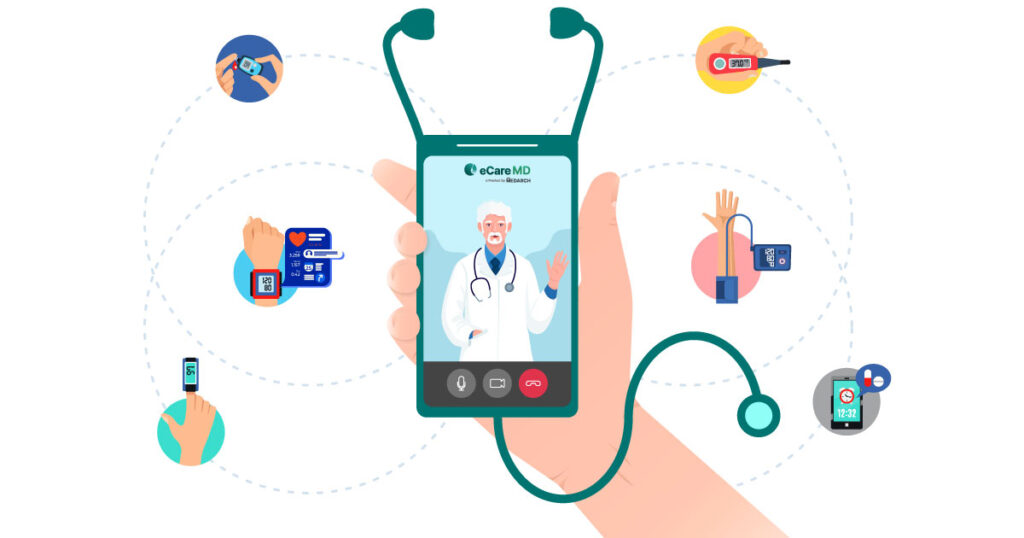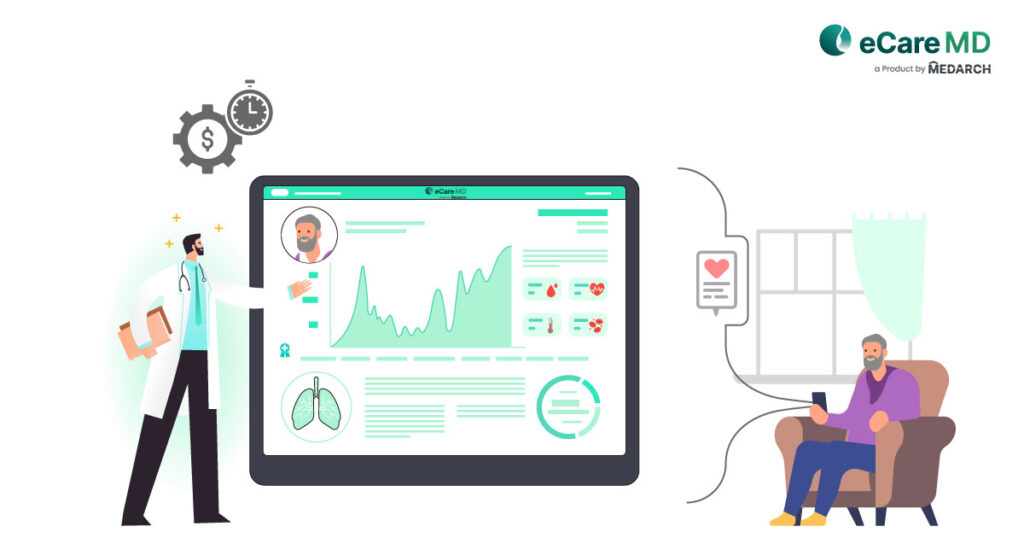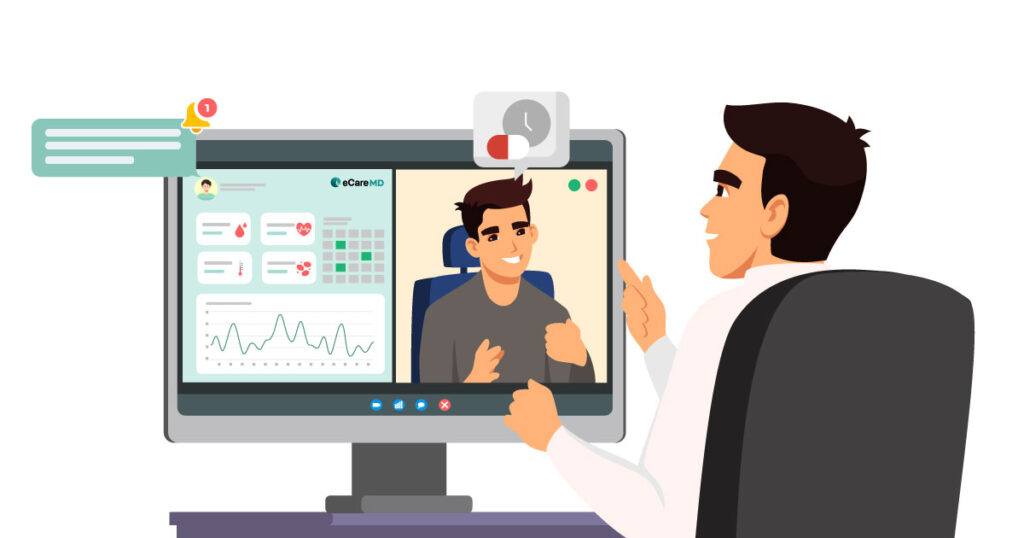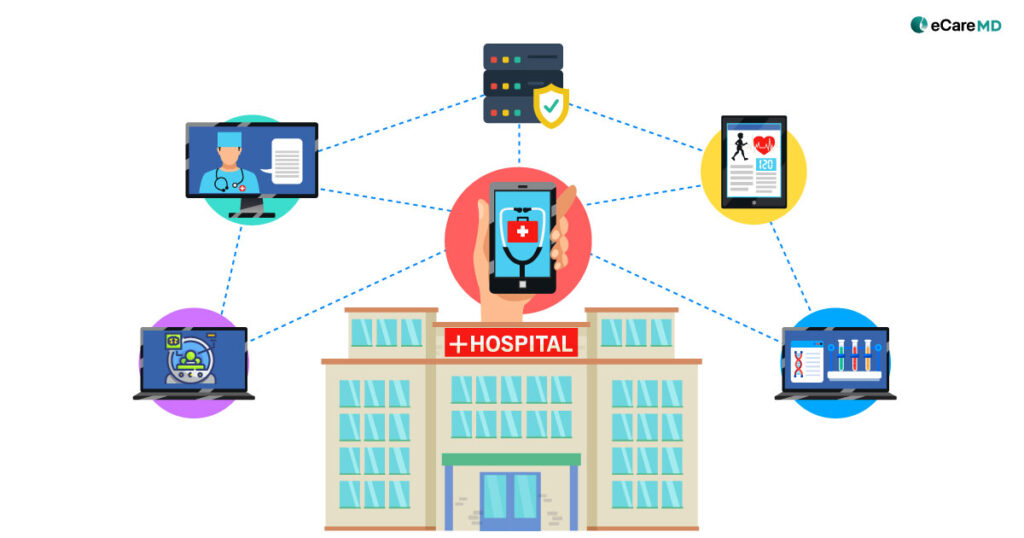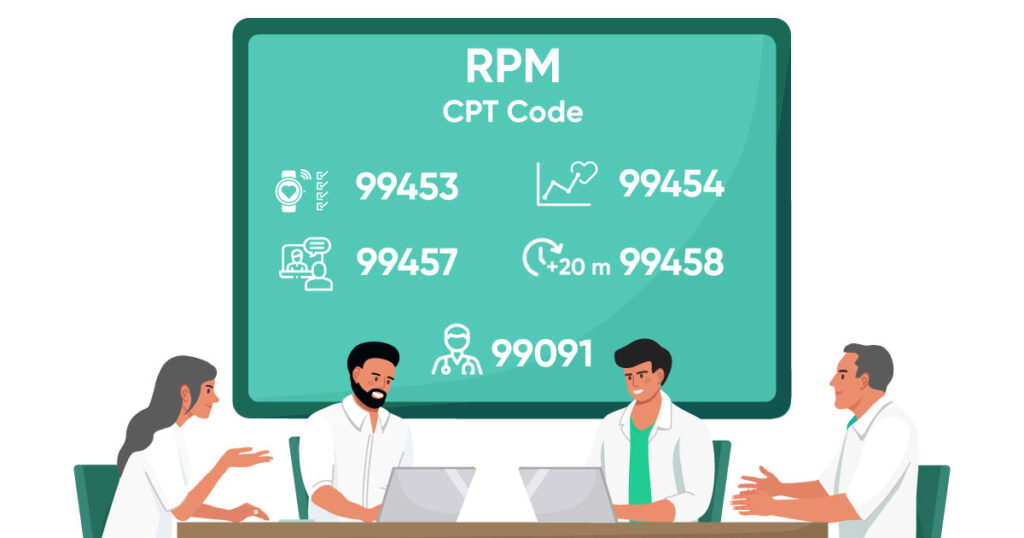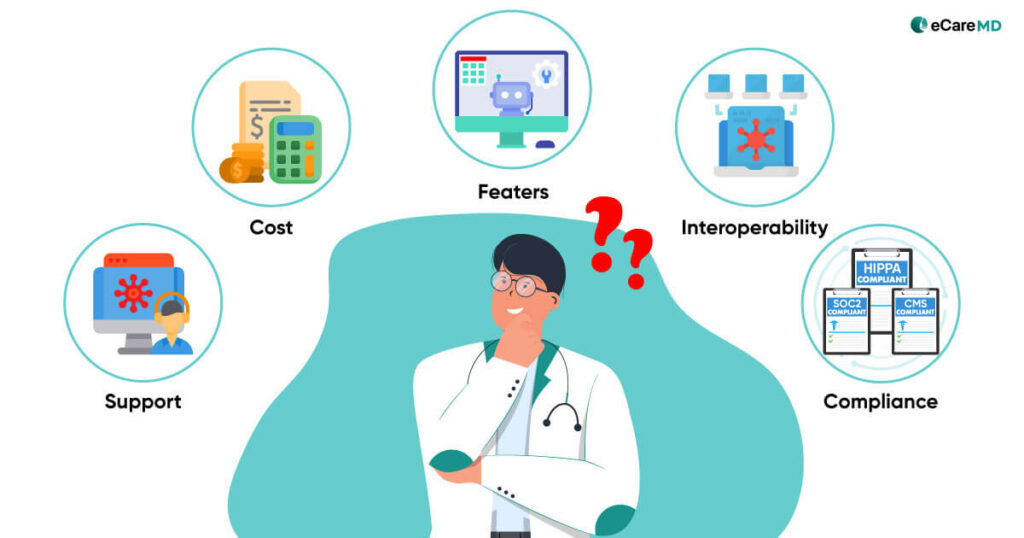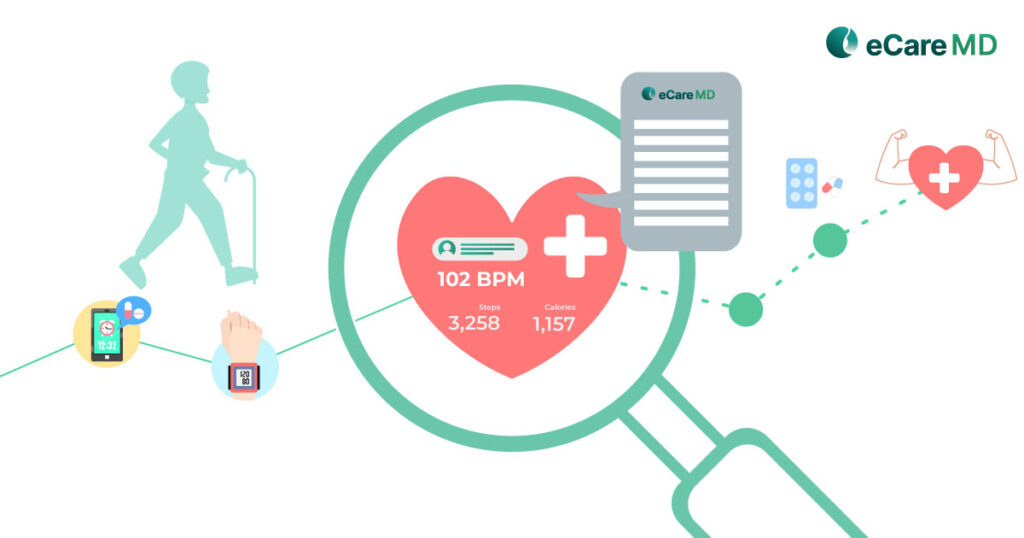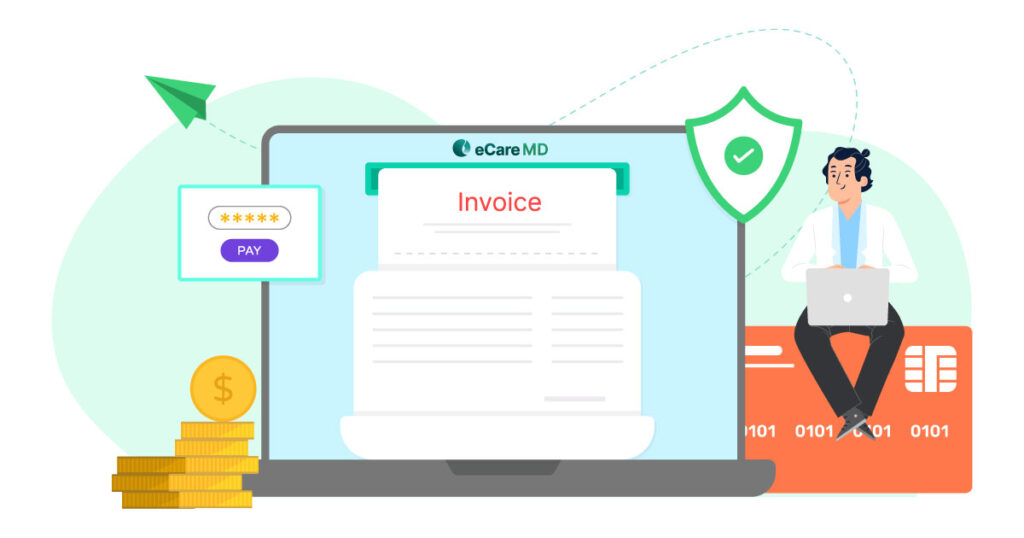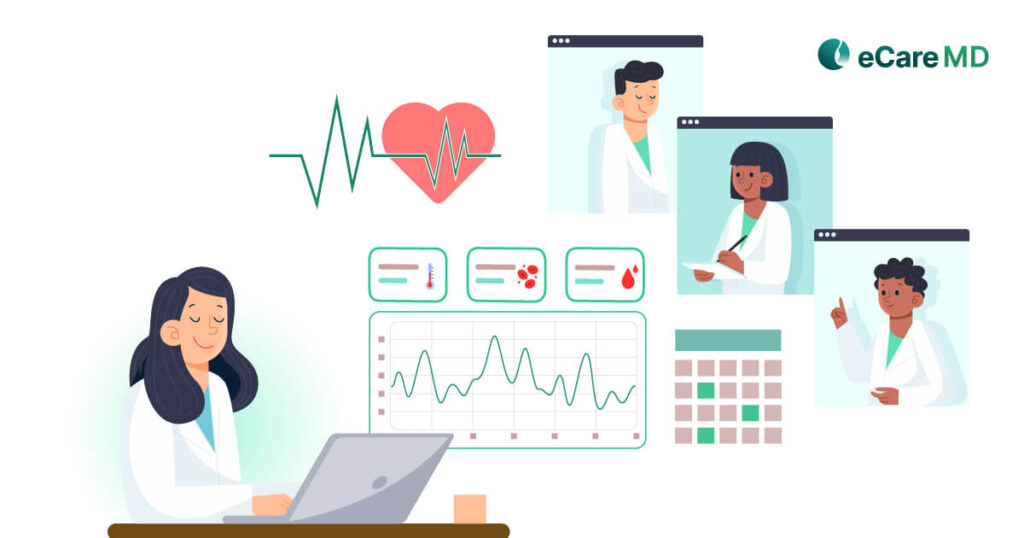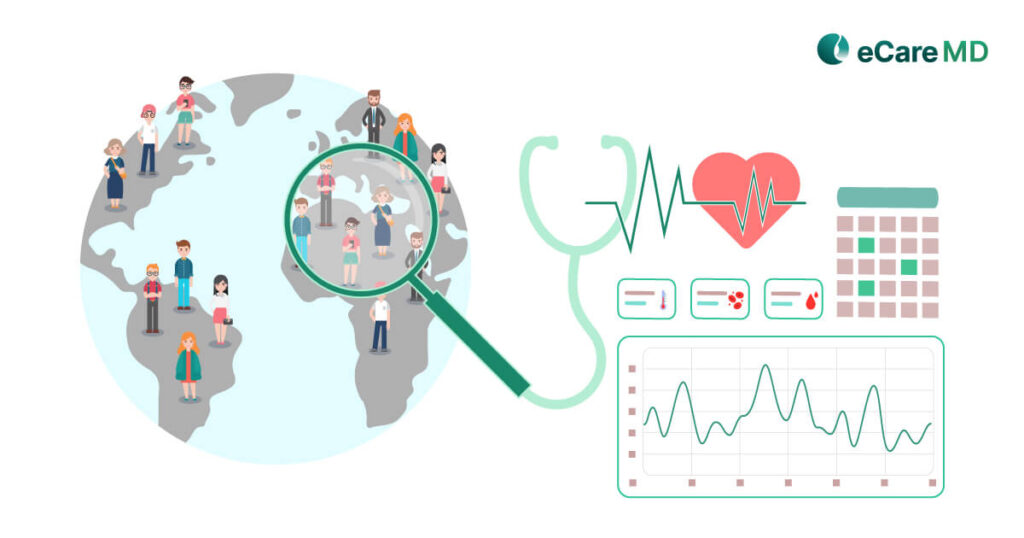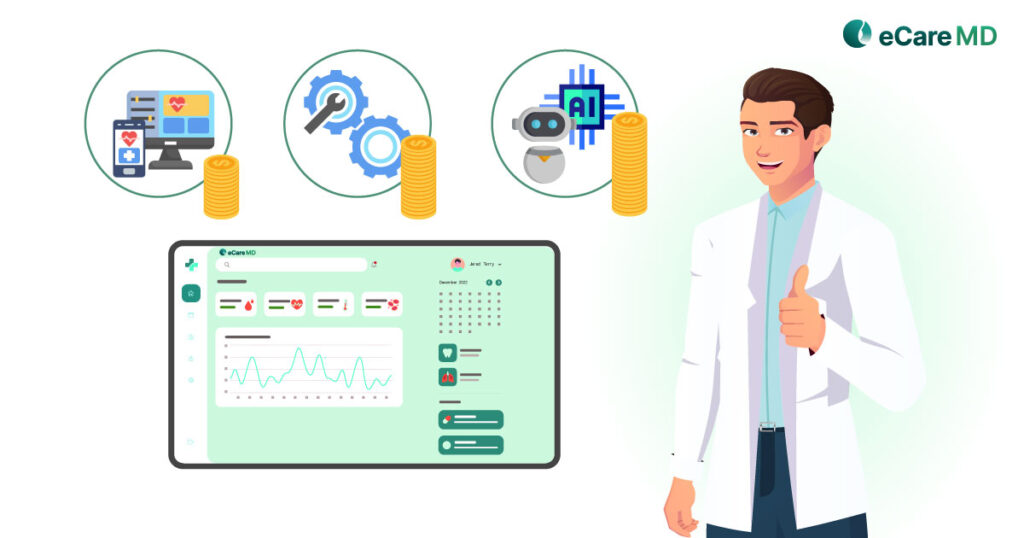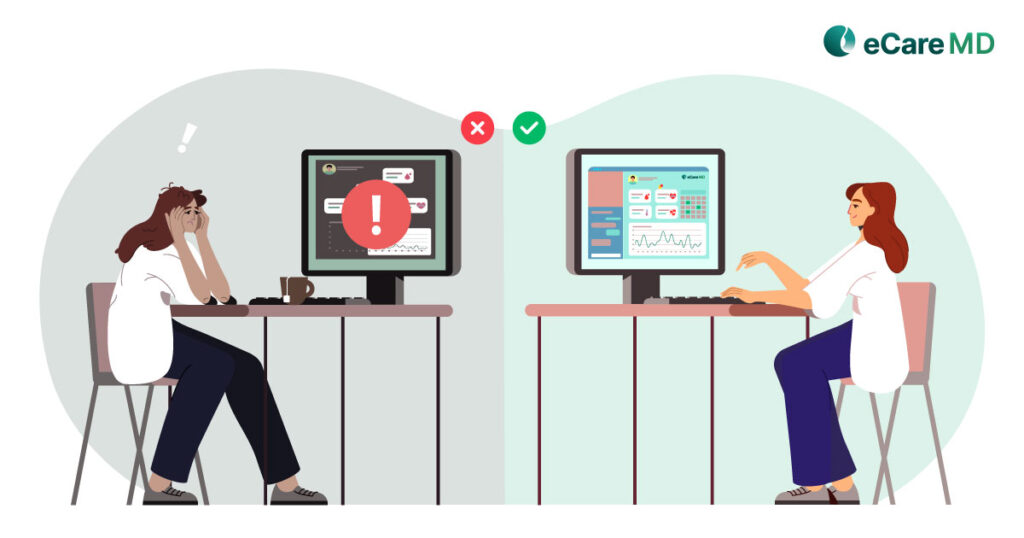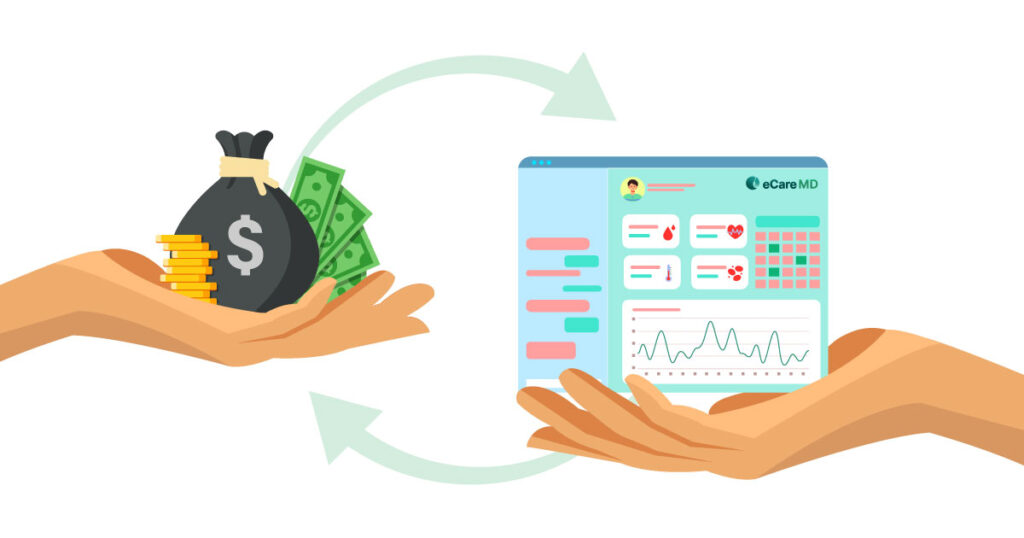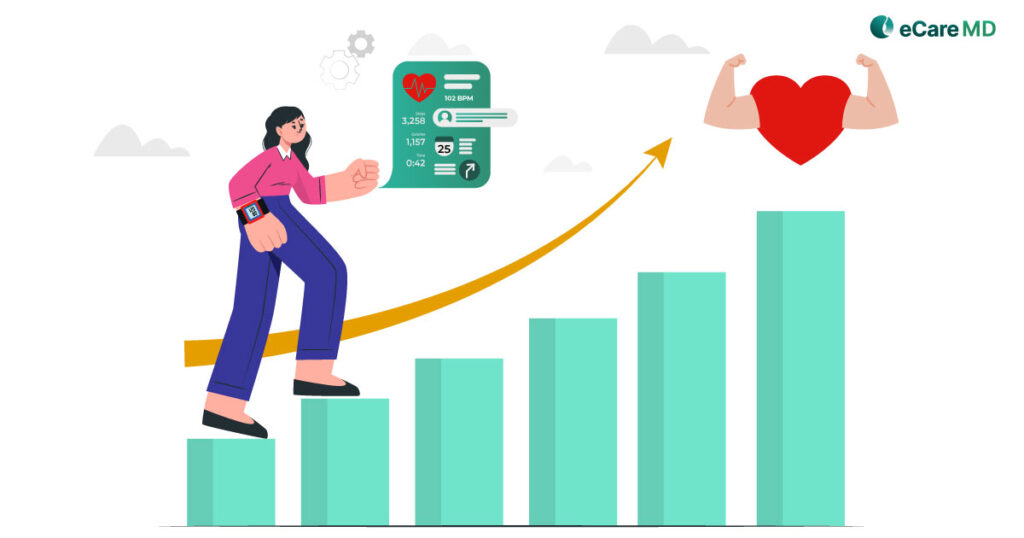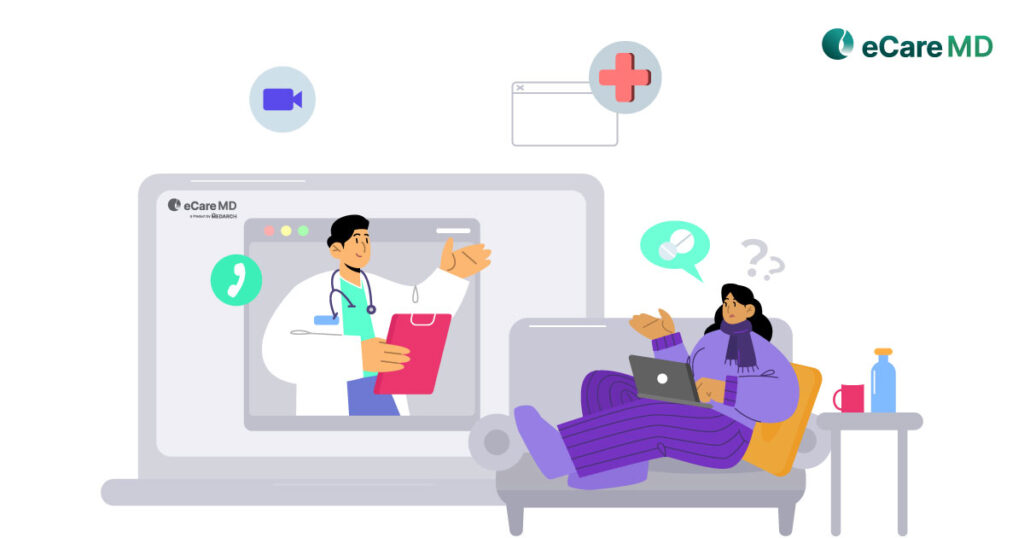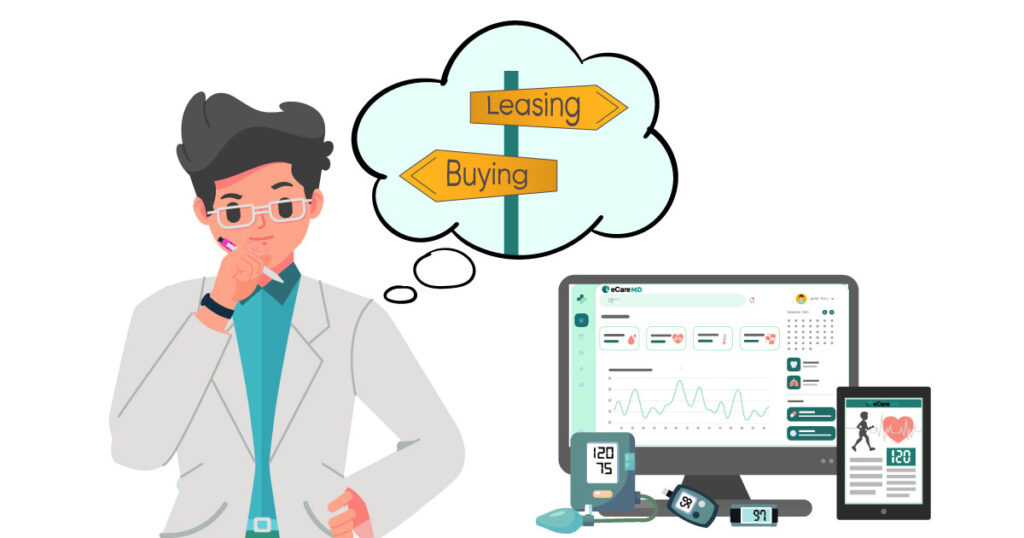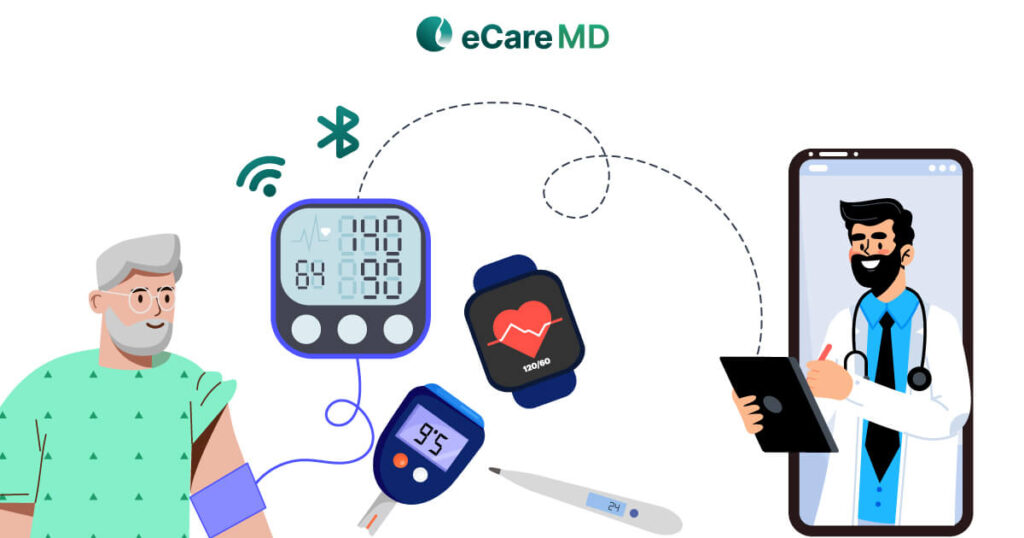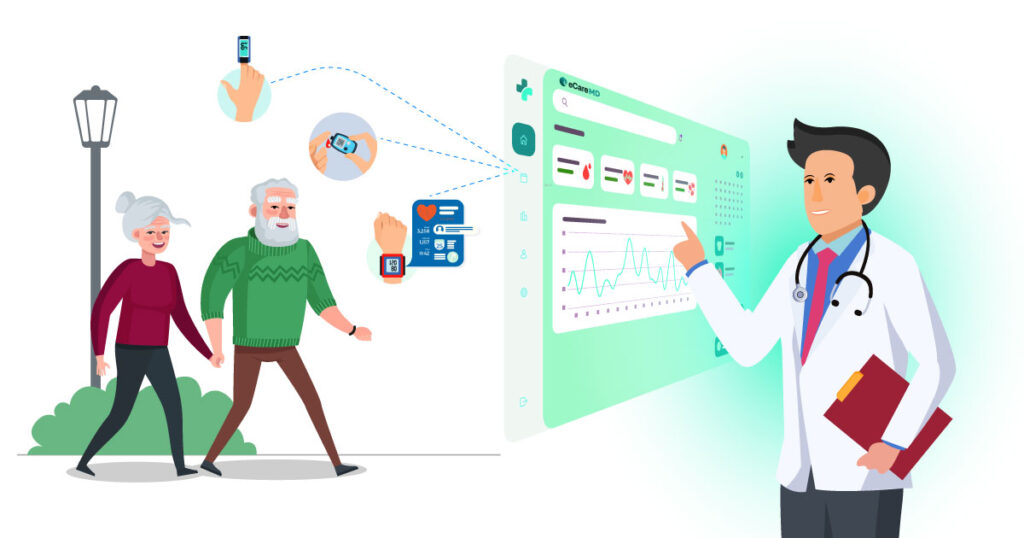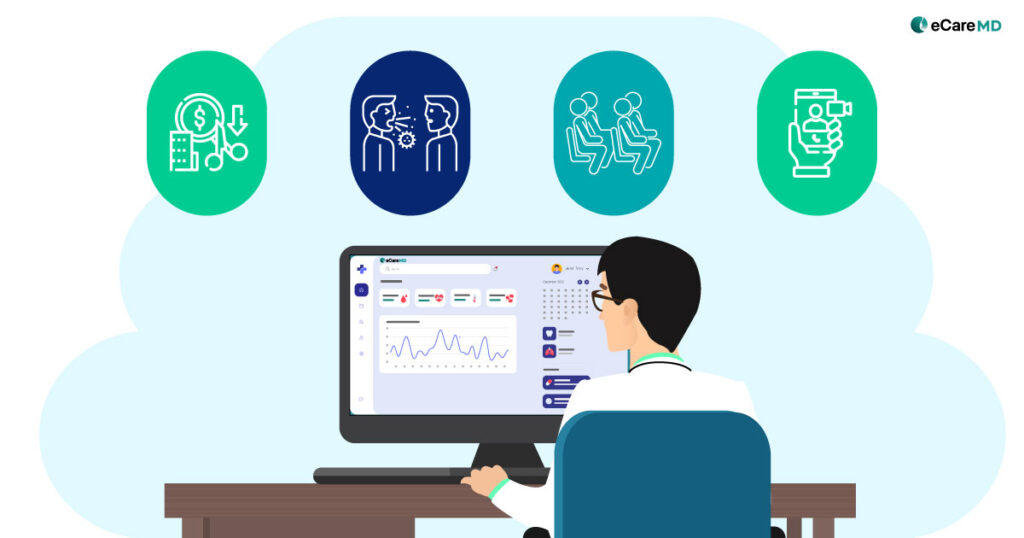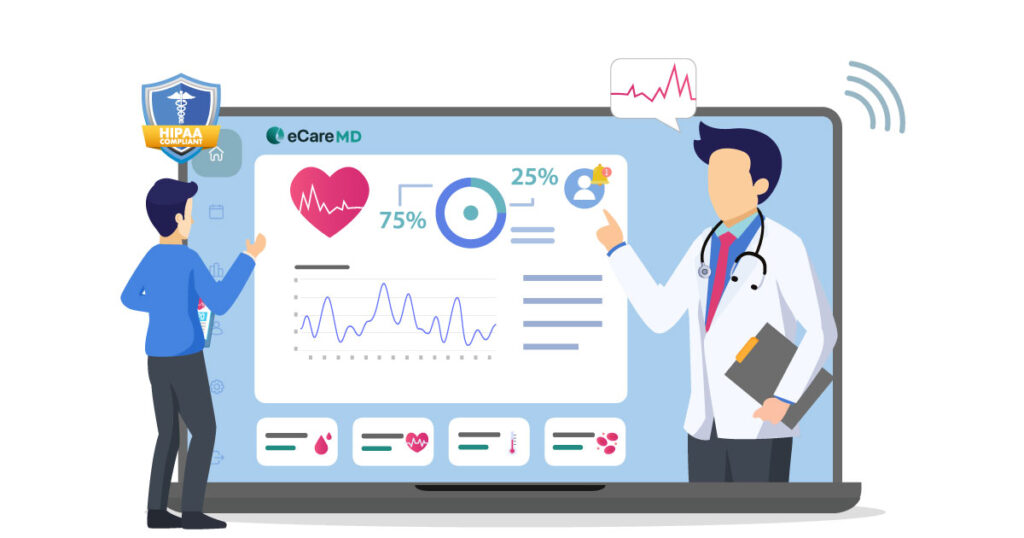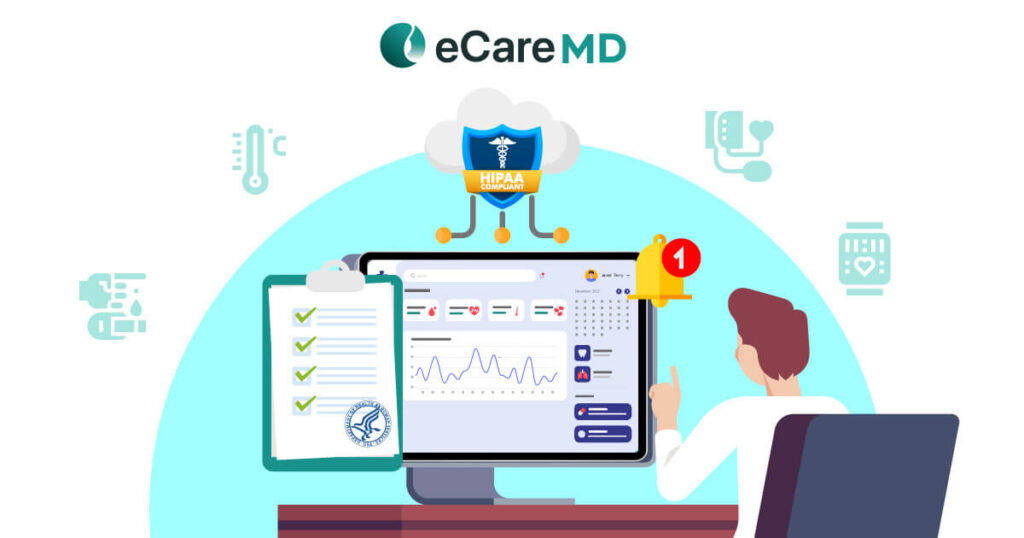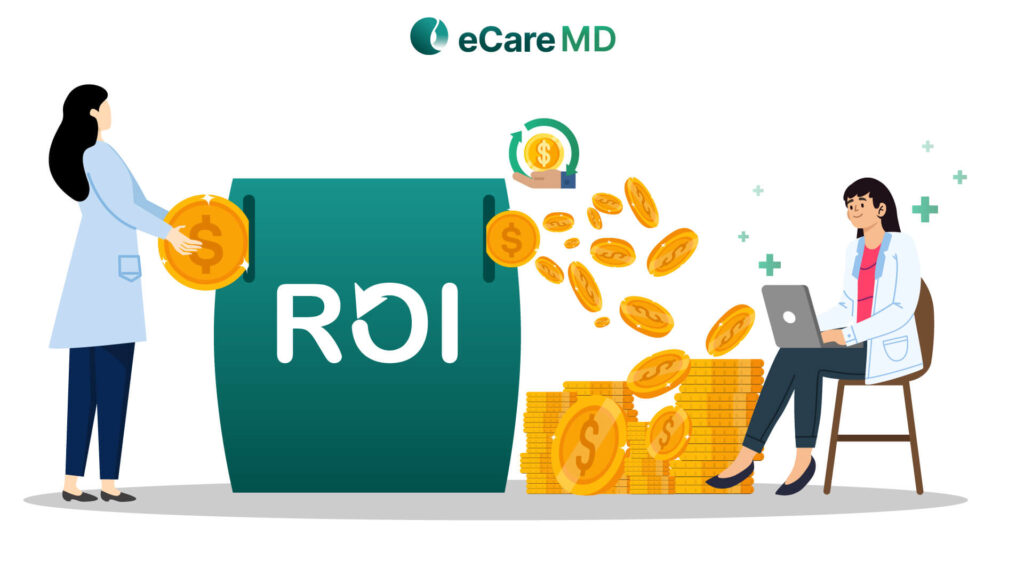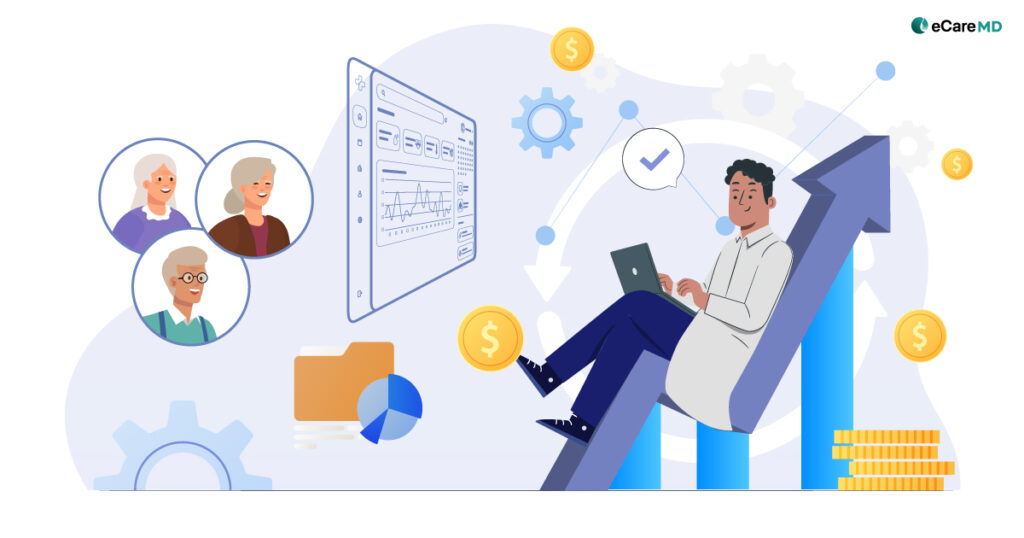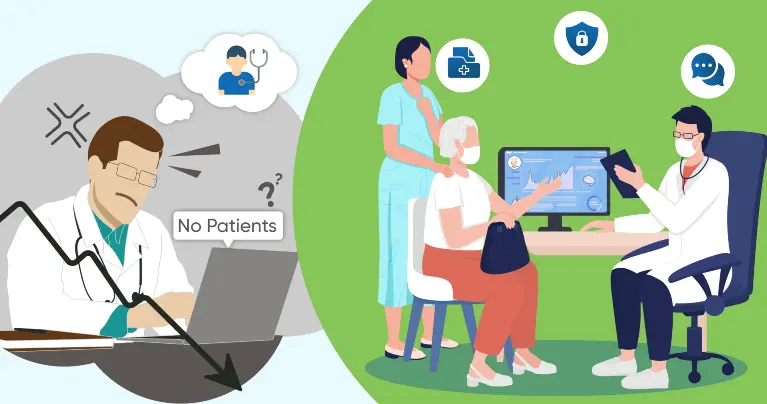From anecdotal evidence-based healthcare practices to data-backed healthcare practices, chronic care management software is taking healthcare practices beyond clinics and hospitals.
While 92% of healthcare organizations have some kind of CCM program in place, there are some healthcare organizations trying to incorporate a full-pledged CCM program into their practice.
But since the investment in initiating the program is significant, you must be wondering about the chronic care management software ROI (Return on Investment)?
Key Metrics for Measuring ROI
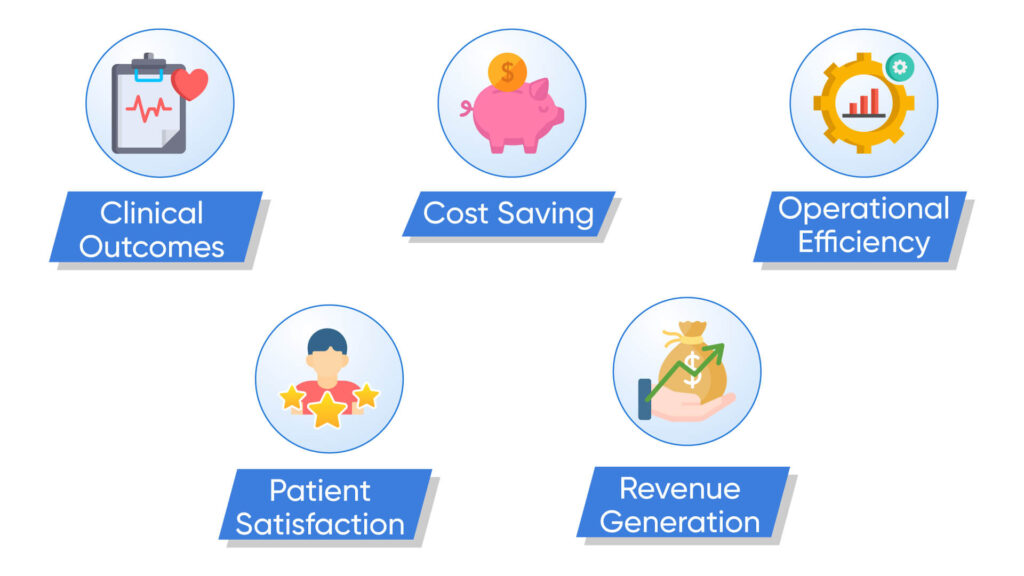
The hidden benefits of CCM software will make it your one-stop solution for your chronic care management program. However, measuring the success of the program is essential in calculating the ROI of chronic care management software. Here are some key metrics for measuring ROI in CCM software:
1. Clinical Outcomes
The implementation of chronic care management software changes your healthcare practice from anecdotal evidence to data-backed evidence-based practice. But how does the CCM software do it?
2. Cost Saving
And some of the stats about CCM software prove that, for instance, clinicians have observed a 30% reduction in hospital readmissions, which is an essential factor in shifting the focus to providing better healthcare and an indication of the success of the CCM program. Other cost-saving ventures with choosing the right CCM solution that come into the picture are decreased emergency room visits and better preventive care.
3. Operational Efficiency
Chronic care management software is useful not only for streamlining virtual care and better management of chronic conditions but also for increasing the efficiency of the clinic. That is why significant importance is given to clinical workflow integrating with the CCM software.
Well, since the software comes with features to streamline and automate clinical workflows, it reduces around 35% of clinicians’ time on documents. This alone improves the workflow of the clinic and takes a huge burden off of the administrative staff, leading to increased provider productivity. This increased provider productivity and operational efficiency is a crucial factor in measuring the return on investment for CCM software.
4. Patient Satisfaction
5 Tips & Tricks to Increase Patient Engagement with CCM Software
Download Now5. Revenue Generation
Data Collection & Analysis Strategies for Maximum ROI

Holistic Approach to ROI Evaluation
- Combine Qualitative and Quantitative Data: The best way to get an estimation of return on investment with the CCM software is to combine qualitative and quantitative data. This means considering the qualitative data of the CCM software that elevates clinical practices like staff experience, patient feedback, etc. After this, check for improvements in numeric metrics with the implementation of CCM software. Here, factors like reduction in hospital readmissions, emergency visits, and claims denials.
- Analyze Long-Term Impact: The financial impact of CCM software is significant in terms of initial investment. However, the long-term ROI of CCMS goes beyond the short-term financial gains of a reduction in errors in filing claims. For long-term benefits, it results in improving health outcomes and patient satisfaction levels and reduces the burden on healthcare staff.
- Customize Your Evaluation: Though there are certain standard metrics to calculate chronic care management software ROI, it is important to realize that your healthcare organization is different from that of others. Due to this, some of the ROI metrics may not be important for your practice. For a holistic view of ROI evaluation in your practice, align the metrics with your clinic’s specific goals and priorities. Some of the essential factors to consider in this are patient populations, practice size, and software features.
Addressing Concerns and Challenges
Searching for the ideal chronic care management software for your practice might have given you the idea that it’s not easy to implement CCM software in your practice. The story with chronic care management software ROI is also quite similar. The upfront cost of the CCM software implementation is a major concern for small-scale practice along with its implementation hurdles like quantifying patient engagement in CCM, measuring clinical outcomes with CCM, etc.
Conclusion
A data-driven approach is a crucial factor that shifts the focus from anecdote-evidence-based practices to data-based practices. With the CCM software, you improve the overall accuracy of care delivery, leading to faster and better patient outcomes, and this is actually the major return on investment for your CCM software.
However, if you are looking to implement CCM software with your practice, then you should consider the long-term ROI of CCMS. This way, you can not only generate patient trust but also attract a huge patient population. Still confused about chronic care management ROI? Then click here and book a call for your practice-specific detailed ROI analysis.
The Ultimate Guide to Measuring ROI in Chronic Care Management Software
Frequently Asked Question’s
Here is a step-by-step guide to help you measure chronic care management ROI:
- Define Your Goals and Metrics
- Financial Benefits
- Patient Care Benefits
- Track and Refine
- Data quality and availability are often inconsistent.
- It can be difficult to isolate the impact of specific investments.
- Healthcare outcomes often have a long-term nature.
- There is a lack of industry-standard ROI metrics.
Studies have shown successful ROI evaluation in chronic care management software implementations by:
- Reduced hospital readmissions: Tracking readmission rates before and after software implementation.
- Improved medication adherence: Monitoring prescription refill rates and patient outcomes.
- Enhanced patient engagement: Assessing patient satisfaction, portal usage, and self-management behaviors.
- Cost savings: Comparing direct healthcare costs (e.g., ER visits) against software investment.



